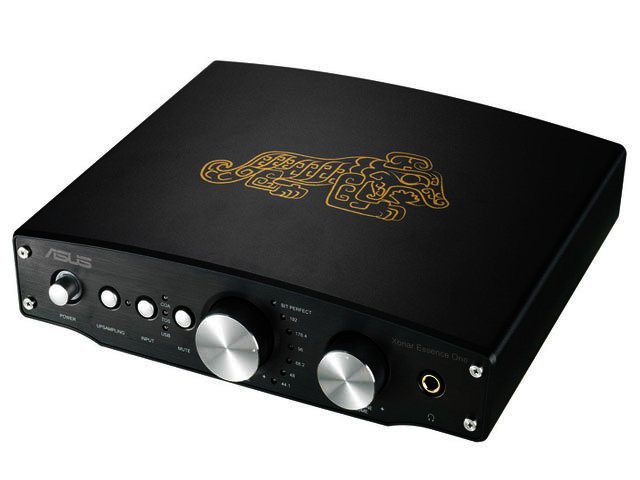Asus launches digital to analog converter
By Ryan Noik 11 August 2011 | Categories: news
In response to the majority of modern audio being stored in digital format, Asus Xonar has lauched its first hi-fi USB digital to analog converter (DAC), the Xonar Essence One.
The high-end converter features 8x symmetrical upsampling technology, along with a 120 dB signal-to-noise ratio, audiophile-class headphone amplifier and an eleven operational amplifier design for distinct tonal customisation.
The company explained that, while upsampling USB DACs indistinguishably transfer various audio sources to 192 kHz, the Xonar Essence One upsamples 44.1/88.2/176.4 kHz input to 352.8 kHz. Additionally, it upsamples 48/96/192kHz input to 384kHz. As a result, data volume is also increased by upsampling the bit-rate to 32 bit, corresponding to the original content and faithfully preserving the details of the user’s music collection.
The company asserted that, while the average signal to noise ratio of other USB DACs was 110 dB, the Xonar offered a signal to noise ratio of 120 dB, which provided users with clearer sounds. Additionally, the 120 dB signal to noise ratio enabled small sound details to be heard while reducing noise levels. A dedicated power supply further ensured clean power was delivered to the unit, providing immunity to noise from an AC line.
The Xonar Essence One can also serve as an independent DAC which can connect to standard CD or DVD players and provide high quality music without the need for a computer, due to the inclusion of an S/PDIF input.
A final notable feature of the Xonar Essence One, was its swappable operational amplifier (op-amp) design. Asus explained that an op-amp is the key part in a DAC that amplifies the analog signal and affects tonal characteristics, such as darkness or brightness of sound or the overall sound image. Being able to swap every op-amp enables users to fully customise the resulting sound.
Neither when the unit will be available in South Africa, nor its recommended retail price, was available at time of print.
For more, follow TechSmart on Twitter or join us on Facebook.
Most Read Articles

Have Your Say
What new tech or developments are you most anticipating this year?



